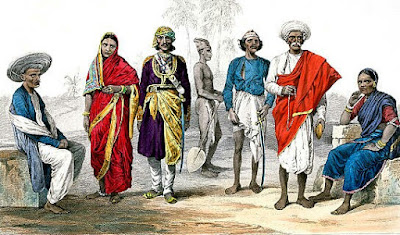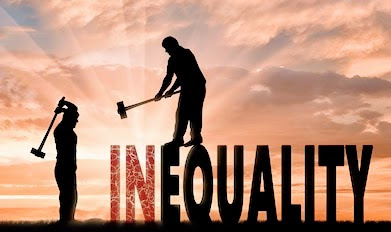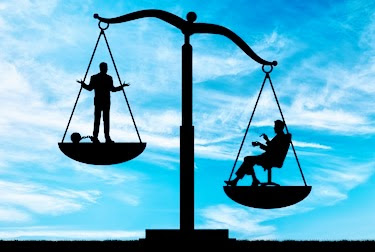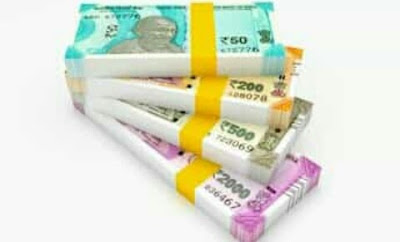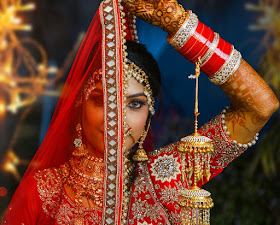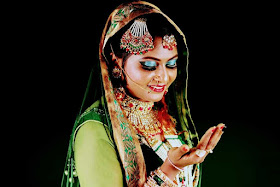Good morning friend,
Casteism And Caste - Due to the lack of Love, Smile, Morality in the society responsible for Casteism and Caste Conflict, improving Caste System.
Casteism And Caste - The term is conveniently used as a label to find fault with the people of backward caste who have recently awakened to they writes casteism has been practicing the down the age by the upper cut particularly the Brahmins during the British period the upper caste used to Corner almost all the jobs in the governments and in private sector the cast affiliation was the predominant consideration for requirement of personnel under the old regime since the establishment of democracy the backward classes and schedule caste who continues and overwhelming majority of population in most part of India have been demanding their due share of the government post seats in educational institutions and positions in public life the Congress the communist parties and some other national parties whose top leadership accommodate very few persons of the majority of backward and depressed caste have made the maximum possible collective efforts to maintain the hegemonic of the brahmins and other upper caste in the National life .
Yet under the pressure of mass politics gradual concessions in favour of scheduled caste Scheduled Tribes and backward classes have been extracted the backward classes have now a days organised themselves through caste organisations in order to assert their political weight this phenomenon which is definitely caste based is dubbed as casteism by the upper castes or classes who have grown intolerant of the rising stature of the backward majority in the country.
Link here -
Inequality - Poverty Guideline Problem Of The Nation.
Caste Definition
Based on the age old old actress caste system with 4 its varnas numerous caste and subcaste the Indian society has always had the potential for exploitation based on this hereditary treat casteism is defined as attachment to once caste and allowing one perception and decisions to be crowded it cost consideration even today there are some who denounce casteism without condemning the caste system caste conflicts have taken new form in the post independence period oving to circumstances arising out of Democratic practice and setup.
Link here -
Caste system and Conflicts
1. several forms of conflicts based on this cost
2. atrocities on Harijan in the present context assertion of their rights by the backward caste and scheduled caste in rural areas is recent it too by the upper caste and dominant backward caste of the areas caste violence on schedule caste and minority backward classes in order to teach lesson
3. reaction from the awakened and organises dual caste and backward classes in the form of Counter attack on the upper caste and organising for protection etc
a search caste conflict quite common in the village of Uttar Pradesh and Bihar .
4. caste conflict between the dominant backward caste of the area instigated by the upper caste organisation and leaders and the minority difference caste gathering Momentum in states like Tamil Nadu Andhra Pradesh etc.
5. another form of caste conflict is anti reservation and Pro reservation agitations.
Link here -
Culture - Use To Improve Sources Of Inspiration.
Agitation against Reservations Caste matters -
5 reservation for backward classes in the context of mass politics the affected upper caste who had once more no polished practically all feat in educational institution and post in government in the name of merit have started fighting back in order to maintain their traditional stranglehold in 1981 the Parliament passed resolution unanimously that the constitutional protection for scheduled caste and tribes through reservation should continue without time limit as at present .
Agitation was directed against the reservation for scheduled caste and tribes the court in India had once fully backed the upper caste in curtailing the scope of reservation the present legal position is that caste based reservation can be made without limitation on the percentage - yet whenever reservation is made for backward classes on the basis of their population strength anti reservation agitation have been started by the vested interest search education success rate in Gujarat but did not success the match in Madhya Pradesh Andhra Pradesh etc .
If the anti reservation agitations in favour of privileged minority caste are allowed to succeed backlash in the form of reservation agitation by the difference from majority is bound to make more dangerous impact on the Indian polity.
Link here -
Culture Of India - Religion, Secularism Language History Problems.
Religion and Politics, Casteism in India
Mixing or religion and politics has become very common despite India basic commitment to secularism even Mahatma Gandhi can be accused of having mixed up the to although he did not wish to produce the disharmony among people through such mixing religion oriented political parties like Muslim League jansangh Akali Dal etc religious affiliation and cost of party members and the constituencies taken into account in choice of election candidates by National and state parties the short-term gains served by many political leaders in rousing the communal feelings the disgruntted leaders and dissident in ruling party for menting communal trouble I want only open identification of ruler and officers with communal organisations meeting and proper conduct during the last few years even the major political parties like the Congress approving blatantly communal arts in order to win the favour of the majority community formation of majority Wings in political parties in order to neuture vote banks.
Conversion Politics -
Definition conversion a religious phenomena how it gets politician in the context of recent mass conversion of Schedule Caste to Islam .
Legal position -
Protection given to conversion based on conviction restriction in the forms of freedom of religion X in some States prohibition of use of endorsement or treat for conversion no provision for beering conversion
Mass conversion earlier there had been mass conversion to Buddhist aur Buddhism initiated by Dr BR Ambedkar conversion to Islam for Christianity individually going on mass conversion to Islam recent event efforts to counter such conversions in Tamilnadu and Andhra Pradesh
Conclusion -
Political implication set back to the majority religion hence the UN cry demo graphic significance implications of elections and politicians who are unable to take side openly and Important political issue to divide the country some organisation exploring the situation to with up communal feelings a weapon for scheduled caste to express their political strains a new pressure tactic lack of confidence in government machinery involvement of foreign money. In this way in India remains mindly and internally problems of casteism and caste somebody human thinking tendency till now.
